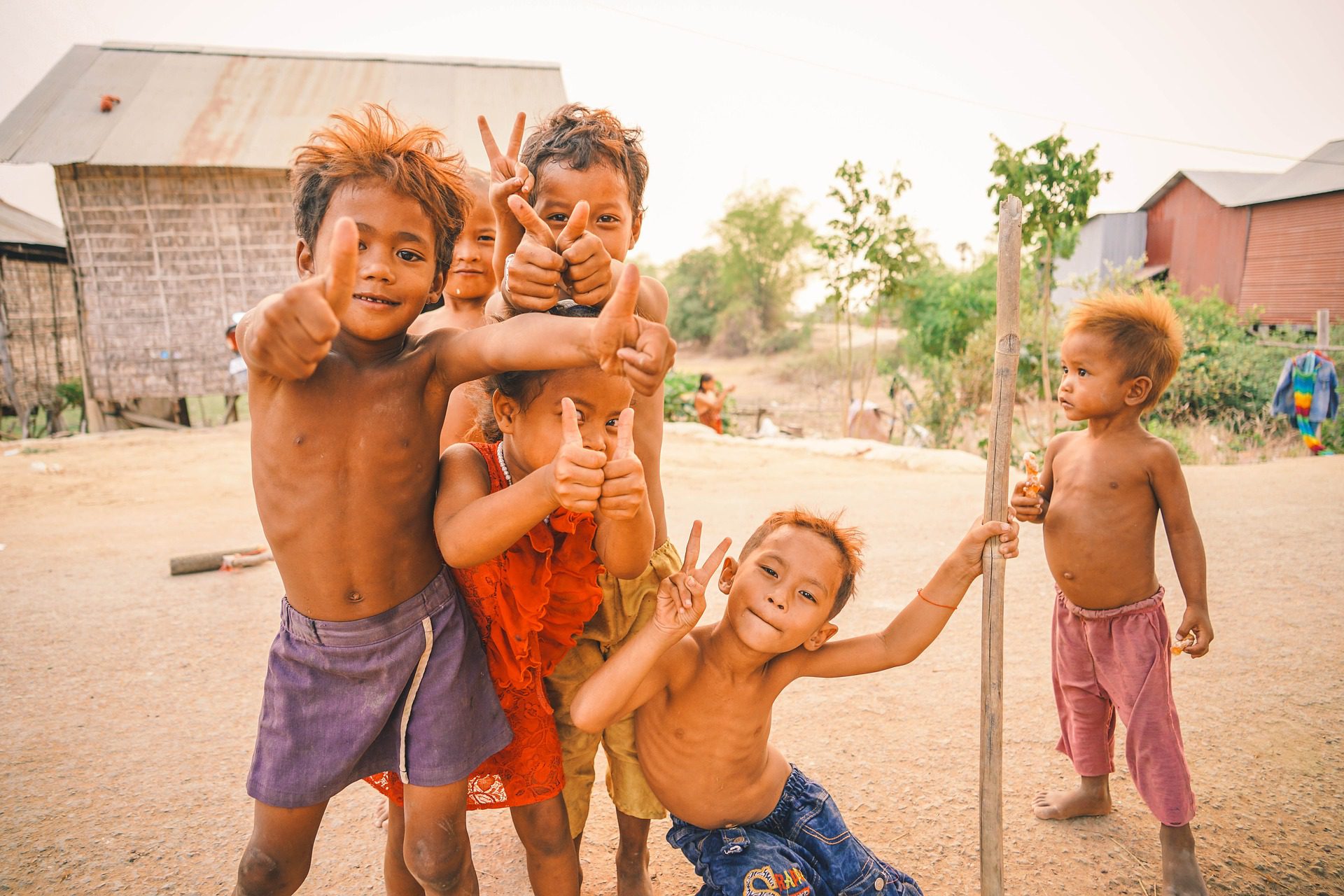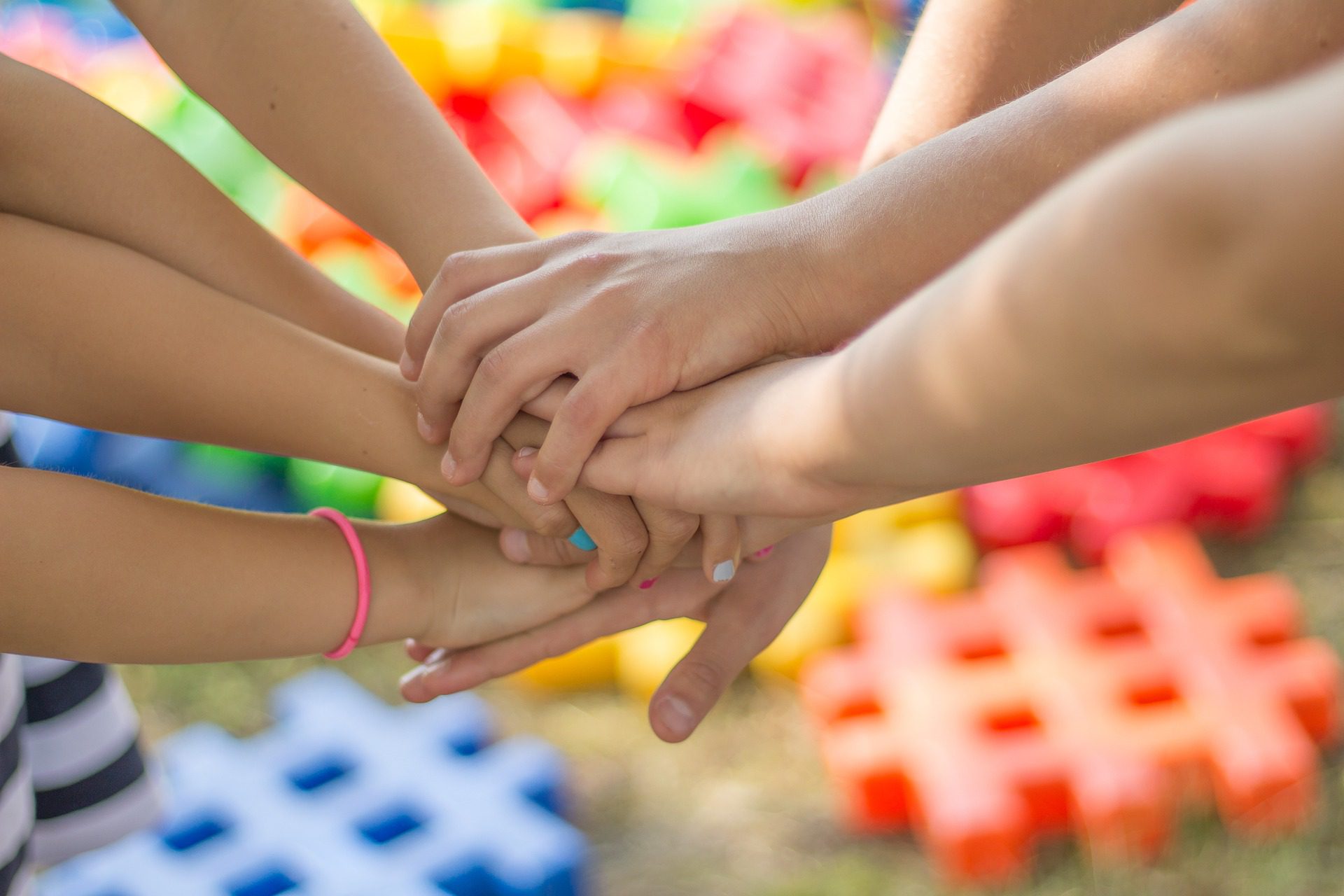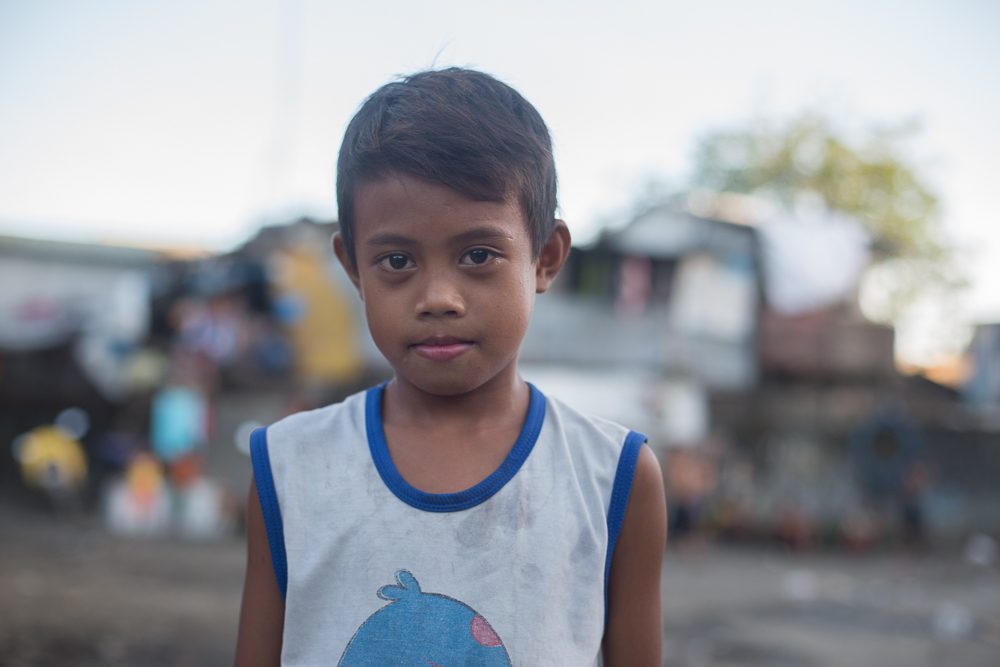
Across the world there are millions of children who face the reality of spending their everyday life living or working on the streets. The quality of life of these children is poor, as they are exposed violence, deprived living conditions and a lack of access to basic necessities, healthcare and education. The numbers of street children around the world are also likely to be rising, especially in developing countries where rapid urbanisation has led to the creation of urban slums in which children often experience extreme poverty.
A global crisis is rapidly unfolding and yet the international community continues to largely ignore children connected to the street. As a result, the need to alleviate the problems causing children to become involved with the street as well as support and protect those already living in these conditions is ever more vital.
Here we introduce the crisis, with four main sections:
- Who are street children?
- What causes children live and work on the street?
- Life on the street
- How do street children process into adulthood and what are the long-term effects of street involvement?
Who are street children?
Who does the term ‘street children’ refer to?
Street children are a group of children with diverse characteristics and have very complex lives. Because of this, definitions of the term ‘street child’ are often disputed and vary significantly between policy makers, researchers, NGOs and other social actors. Earlier work on street children tended to focus on just those living (sleeping) and/or working on the streets (1). More recently the term has also come to include those who spend a significant amount of time on the streets (2), whether that be hanging out with friends, accompanying their parents working on the street or for any other reason.
Generally speaking we can say that street children are children who, for whatever reason, depend on the streets for their survival. The street is a central reference point for them, plays a significant role in their everyday life and forms a vital part of their identity (3).
How many street children are there and where do they live?
Latest figures on the number of street children living globally emerged more than a decade ago, published by the international children’s charity, Unicef. In 2005, the organisation predicted that there are more than 100 million street children around the world (2). This is just an estimate, however, and many other agencies working with street children have doubted the accuracy of the claim (1).
Finding a more accurate and up-to-date figure for the number of street children globally is difficult due to the challenges which come along with counting these children: street children tend to move around a lot, they may also not want to be found or are scared and mistrustful of authorities (2). Since definitions of the term ‘street child’ and methods used for counting vary significantly between organisations, it can also prove unreliable to compare and compile data collected in different cities or regions (3)(4)(5).
While the true number of street children living globally is disputed, many researchers and NGOs agree that their numbers are rising. This is occurring alongside the world’s growing population and due to certain global trends, such as rapid urbanisation, increasing inequalities and migration (3). Although it is often thought that street children only live in the poorer nations of Asia, Africa and South America, they are found all over the world, including in richer countries and regions (2).
Street children have diverse characteristics and experiences
As mentioned above, street children are not a clearly defined, consistent group (5). Their characteristics are diverse, coming from a range of different backgrounds, ethnicity and ages (3).
Stereotypically street children are often thought of as boys and it is true that studies in many locations have counted more boys on the street than girls (2)(5). This is likely due to the more traditional gender roles at play in many cultures, which encourage boys to be independent, work and socialise outside of the home, while girls stay indoors (5). Girls are also often less visible on the street, keeping out of sight to protect themselves from the dangers of street living or being more likely to work as domestic servants or involved in commercial sex (5)(6).
As a result of their varying identities and locations in which they live, street children will have different experiences, needs and struggles and will use the street in diverse ways (5)(7).
What causes children to live or work on the street?
Push and pull factors
Broadly speaking we can put the presence of children living, working or spending large amounts of time on the street down to a range of so called ‘push’ and ‘pull’ factors. Push factors are aspects which force children on to the street (3). These could be reasons such as family collapse, death, economic difficulties, domestic violence, abuse or neglect (8)(10). Pull factors, meanwhile, are circumstances which make the street attractive to a child, for example friendships or the sense of independence, freedom and adventure (3)(2).
In many cases, the process of a child becoming involved in the street is not the result of a single one of these factors, but rather a combination of reasons which have left them in an extremely vulnerable position and meant that the street has become their best or only option for survival (2)(5).
The society in which a child lives also has a huge influence on their likelihood of taking to the streets. In many countries there are wider societal problems at play which make life challenging for children and intensify the conditions which make street involvement more likely.
Broader societal problems
Poverty and income inequality: In societies where income inequality is high, children from the poorest families can be forced onto the street as a means of economic survival for themselves or their families (4)(10). Once there, they are likely to take part in income-generating activities, such as begging, street trading, collecting raw materials, or more dangerous practices, such as stealing or commercial sex work (6)(9)(10).
Financial instability not only puts a strain on families economically, but also emotionally (10). Research has found that stress associated with economic hardship can cause a weakening of relationships between family members (10)(4). This can lead to more conflicts within the family and increased incidences of domestic violence, abuse and neglect, all of which can contribute to a child leaving home (4).
Inadequate social protection for vulnerable children: Many children experiencing hardships and violations of their basic rights at home are reliant on government social services or support from NGOs to provide them with care and protection. In situations where these provisions are unavailable, not accessible or inadequate to meet their needs, children are left vulnerable and exposed to many forms of abuse (3)(11). These children may take to the streets as a means of protecting themselves from the dangers they face at home, after being left with no feasible alternative (1).
Wars, conflicts, epidemics and disasters: Numbers of street children often increase during times of crisis, such as wars, health epidemics, natural disasters, famine and economic recessions. While the consequences of such events are varied, they typically result in death, displacement and disruption of the normal running of services. All of these factors lead to a deepening of poverty and can leave children without care and protection stopping them from becoming involved in the street (5). Recent examples of crises that have had a damaging impact on children include:
- The 2014 Ebola crisis in Sierra Leone to which over 12,000 children lost their primary care giver (12).
- The war and refugee crisis in Iraq which forced more than 12.3 million children from their homes (13).
- The HIV/AIDS pandemic which has left an estimated 16.6 million children as orphans, 90% of whom live in Sub-Saharan Africa (5).
Patterns of urbanisation: Over the last fifty years, movement from rural to urban areas has increased significantly. Currently the highest levels of rural to urban migration are taking place in Asia and Africa, where rapid urbanisation has led to the creation of large unplanned, informal settlements and urban slums (5). Physical conditions in these areas are poor and the settlements are often characterised by poverty, limited resources, little access to social provisions and large family populations per household (3)(5). Children living in these slums are at risk of being forced onto the streets to earn a living or survive, given their poor economic background, little education and limited means for securing their basic needs (11).
Discrimination against certain groups: Studies in many locations have found higher percentages of children from ethnic minorities on the streets than those from native backgrounds. This is the case in South Eastern Europe where children from Roma backgrounds represent a large proportion of children on the street, as high as 89 percent in Serbia and 67 percent in Bosnia and Herzegovina. In these countries, Roma families face many challenges in their everyday lives, including extreme poverty, unemployment, little access to services, as well as prejudice, discrimination and intolerance, which are likely to be the reasons behind this trend (10).
Discrimination not only affects ethnic minorities but also other marginalised groups. In the Democratic Republic of Congo, the HIV pandemic has led to an extreme form of discrimination targeted at AIDS orphans. These children are frequently accused of witchcraft, shunned by their extended families and left with no option but to struggle on the streets to survive (5).
Life on the street
Challenges faced by street children
For the many children who have moved onto the street to live or work, life is extremely challenging. On the streets they are subjected to poor physical conditions and have little access to basic necessities, such as food, clothing and shelter (10). They are also likely to find it difficult to access relevant social services, such as healthcare, either because they do not have the documents required for using such services, lack information or are discriminated against by service providers (3).
Low school attendance is common among children in street situations too. Many street children struggle to stay in standard education because of the attendance requirements, routine and discipline of school, especially when having to juggle work on the street alongside. In addition, street children often experience discrimination from other pupils and teachers, have little family support to help them with schoolwork and find the topics taught irrelevant to their everyday lives, meaning that they do not enjoy school (2)(10)(11).
Violence becomes a part of everyday life
Another major difficulty of life on the street is the constant threat of violence. While the street can be a place for friendships, violence between street children is also common. A study looking at children living alone on the streets in Kenya and Tanzania found that incidences of violence took place as a result of stealing, conflicts over owing money and securing places to stay. A lot of this behaviour was directed at younger children, who not only experienced physical abuse, but also sexual abuse at the hands of older street youths. Many of these older children had been raped themselves when they were younger and used sexual abuse as a means of expressing power and anger over their younger peers (4).
In addition to violence from other street inhabitants, street children are vulnerable to experiencing abuse from the police, local business owners and other members of the public (3)(5). Police brutality against street children has been witnessed in many locations worldwide. In Kenya, for example, there has been extensive reporting of the maltreatment of street youths by the country’s authorities which has sometimes led to bodily harm and even death (14).
Forced sex-selling and begging is also common on the streets, leaving children at risk of abuse and exploitation from the adult organisers of this work. Sex work is particularly prevalent among girls: a study in Tanzania found that 79 percent of girls counted on the street at night were involved in commercial sex work, rising to 86 percent of the 15 to 18 year old girls counted (9).
Crime as a means of survival and coping mechanism
Street children are often viewed negatively by officials and others in the community. They are seen as a problem and associated with crimes, such as stealing, loitering, sleeping in prohibited places, selling goods illegally, as well as using drugs and alcohol (2).
Stereotypes of street children as ‘criminals’ and ‘delinquents’ fail to understand the complex lives that these children lead (1)(3). In many incidences, street children only resort to illegal work practices or crimes like stealing after being left with no other alternative to earn a living or for survival (2)(4). They can also be forced into it by adults and other children who are exploiting them. Drugs and alcohol, on the other hand, are often used as a coping mechanism by street children, thought to offer a relief from the harsh realities of their everyday lives (1)(4).
How do street children process into adulthood and what are the long-term effects of street involvement?
Pathways in adulthood
Research has shown that children’s lives can develop in numerous directions once being involved with the street (4). Some of these pathways are more negative, as former street children are more likely to take part in organised crime and end up in the penal system. In Brazil it is thought that over a third of street children have been placed inside young offender institutions (13).
Some of the pathways which street children take into adulthood are more positive. They can find routes into housing, off-street work or education (1). In many cases, children require interventions from the government, NGOs or other support networks to help with the transition into off-street life and overcome barriers, such as costs, lack of documentation, fear and discrimination (1)(4)(5). With this support not available for every child, it is the case that many children remain street dwellers into late adulthood (1).
Worryingly, several studies have also indicated that there is a high mortality rate among street children. Incidences of death among street youth can be linked to a number of factors, including their exposure to violence, high rates of substance use, mental health problems and susceptibility to illness and diseases like HIV, combined with their lower uptake of health care (1)(14). The nature of street work is often dangerous, meaning that street children are also prone to accidents, such as when begging close to traffic in busy cities (10).
Long-term effects of street involvement
The experiences which street children face in the early stages of lives can have a range of impacts on their physical, mental and emotional wellbeing. All of these factors have consequences on a child’s long-term health and personal development through adolescence and into adulthood.
Mental and emotional impacts: Violence is one of the biggest dangers of street life, affecting children not just physically, but also mentally and emotionally. Research suggests that incidences of abuse can severely affect children’s ability to trust and form attachments and, thereby, make it difficult to form appropriate and meaningful relationships in the future (3)(4). The violence experienced by street children can also result in trauma and emotional distress, which if not addressed can cause psychological damage and mental health problems, such depression, post-traumatic stress and anxiety (4).
High levels of substance use, which is common among street children, has also been proven to have a negative effect on mental health (1)(3)(4).
Physical impacts: The physical conditions which street children are subjected to are poor. They often work and sleep in areas which are dirty, polluted and exposed to harsh weather. These environments pose a major risk to children’s health, as chest problems are likely and infectious diseases like malaria and cholera spread easily. Since many street children lack food or have a poor diet, it is also common for them to experience shunted growth and appear physically much younger than their actual age (4). Being deprived of nutrition negatively affects a child’s activity and motivation levels too, which are important for their cognitive development (10).
Given the lack of medical care accessible to children on the street, those suffering from health problems or injuries from accidents and assaults frequently do not get the treatment they need (4)(10). This can increase the severity of the issue in the long term and even have fatal consequences.
To conclude…
With millions of children living and working on the streets around the world and evidence to suggest these numbers are rising, it is clear that the global humanitarian crisis of street children needs to be tackled. Before coming to the streets, these children have already lived in deprived conditions, often experiencing extreme poverty, family collapse, death, abuse or neglect at home, meaning that the street has become their best or only option for survival. On the streets they face more dangers, including high rates of violence, poor physical conditions and a lack of access to healthcare, education and basic necessities, like food, clothing and shelter.
Without proper support street children may struggle to adapt to life off the street and pursue negative pathways into adulthood, such as becoming involved in organised crime and ending up in the penal system. If their issues are not addressed, they are also likely to experience long-term impacts on their mental and physical health, and even face higher risks of death. As this is the case, the support from charities and NGOs is vital in helping alleviate the problems of street children and providing them with the care and protection they need.
Sources used in this article:
- Benitez S (2011) State of the World’s Street Children: Research. Consortium for Street Children.
- Consortium for Street Children (2015) Street-Connected Children Myth Busters: Challenge Your Perceptions.
- OHCHR, United Nations Children’s Fund, Consortium for Street Children and Aviva (2013) Protection and promotion of the rights of children working and/or living on the street.
- Smeaton, E (2012) Struggling to Survive: Children Living Alone on the Streets in Tanzania and Kenya. Railway Children.
- Ray P, Davey C and Nolan P (2011) Still on The Streets – Still Short of Rights: Analysis of policy and programmes related to street involved children. Plan and Consortium for Street Children
- Railway Children (2016) Children on the streets of Kitale: Headcount findings 2015.
- Consortium for Street Children (2015) Advocacy and Action Guide: Making rights a reality for street-connected children.
- Comic Relief (2009-12) Street and Working Children & Young People’s Programme (SWC&YP) Strategy 2009-12.
- Government of the United Republic of Tanzania and USAID Kizazi Kipya Project (2018) Street-Connected Children in Tanzania: Headcount Findings 2017.
- Duci V and Tahsini I (2016) Regional research on prevalence of street children phenomenon in Albania, Bosnia and Herzegovina, Montenegro and Serbia. Save The Children.
- Guga E S (2010) Final Evaluation of Building the Capacity of Local CBOs and Government Agencies to Improve the Lives of Migrant Children Project. FTF/ICT/ CSC, Dar es Salaam.
- Street Child (2015) The Street Child Ebola Orphan Report.
- Consortium for Street Children (2016) Street Children: A Global Picture (Infographic/Map).
- Embleton L, Ayuku D, Makori D, Kamanda A and Braitstein P (2018) Causes of death among street-connected children and youth in Eldoret, Kenya. BMC International Health and Human Rights, 18 (19).






